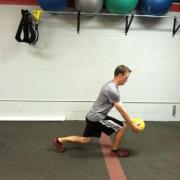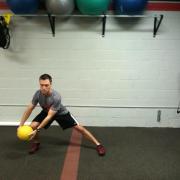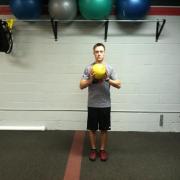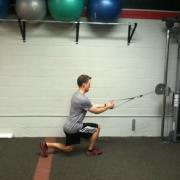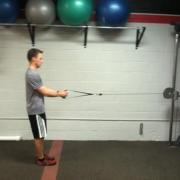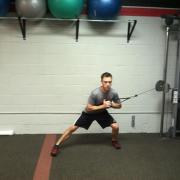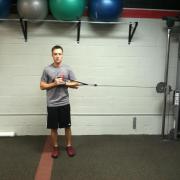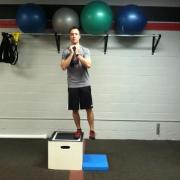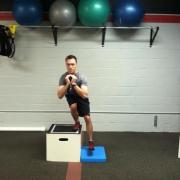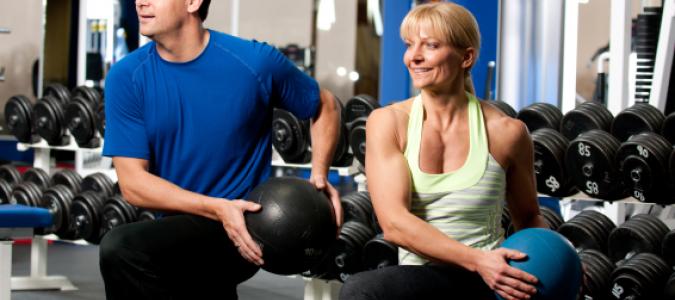
Lower Body Training for Tennis
Interested in advancing lower body training for tennis? A few months ago I wrote about taking your shoulder training to the next level by advancing your exercise selections. This time I am taking a similar approach, but rather focusing on progressing lower body exercise as it relates to change of direction, acceleration and most importantly deceleration. Before going into the various exercise samples, it’s important to understand the movement requirements and physical demands during a typical match.
A tennis match is characterized by intermittent bouts of high intensity point exchanges usually lasting from 4 – 10 seconds, and short recovery bouts between points, usually lasting 10 to 20 seconds. Players are allowed 25 seconds between points and 90 seconds on a changeover.
Below are some additional statistics that should be considered when training for tennis.
- The number of directional changes in an average point is four. The average distance run per stroke is 4 meters.
- In the average point a player may run between 8 and 12 meters.
- Players average 2 – 3 strokes per point depending on playing level, sex, court surface, playing style, etc.
- 80% of all strokes are played within 2.5m of the player’s ready position.
- A player moves laterally 48% of the time, forward 47% of the time and backward 5% of the time.
In sports, when we watch a slow motion replay of a great get in tennis, or a unbelievable run in football we marvel at how well the athlete changes direction and accelerates. What we do not necessarily see or appreciate is the movement immediately before that burst of speed or that amazing cut. The athlete’s ability to properly decelerate their body while reacting to their opponents shot in tennis requires a tremendous amount of force reduction and then instantaneous change of direction. The stress on the joints and muscles is much higher when decelerating the body as opposed to accelerating. Making sure the tennis athlete accounts for this in their training is pivotal in preparing for the demands of high level tennis.
Below is a progression and description of three exercises designed to enhance your body’s ability to decelerate. If you have little training experience, begin with Exercise A. If you are an advanced level gym rat, go ahead and try to perform Exercise C for 10 reps.
